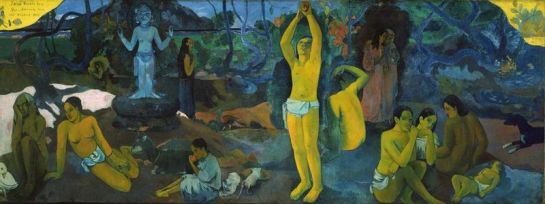By Morgan Kelly for Princeton University News
So accustomed are we to metaphors related to taste that when we hear a kind smile described as “sweet,” or a resentful comment as “bitter,” we most likely don’t even think of those words as metaphors. But while it may seem to our ears that “sweet” by any other name means the same thing, new research shows that taste-related words actually engage the emotional centers of the brain more than literal words with the same meaning.
Researchers from Princeton University and the Free University of Berlin report in the Journal of Cognitive Neuroscience the first study to experimentally show that the brain processes these everyday metaphors differently than literal language. In the study, participants read 37 sentences that included common metaphors based on taste while the researchers recorded their brain activity. Each taste-related word was then swapped with a literal counterpart so that, for instance, “She looked at him sweetly” became “She looked at him kindly.”

Researchers from Princeton University and the Free University of Berlin found that taste-related metaphors such as “sweet” actually engage the emotional centers of the brain more than literal words such as “kind” that have the same meaning. If metaphors in general elicit a similar emotional response, that could mean that figurative language presents a “rhetorical advantage” when communicating with others. (Photo illustration by Matilda Luk, Office of Communications)










